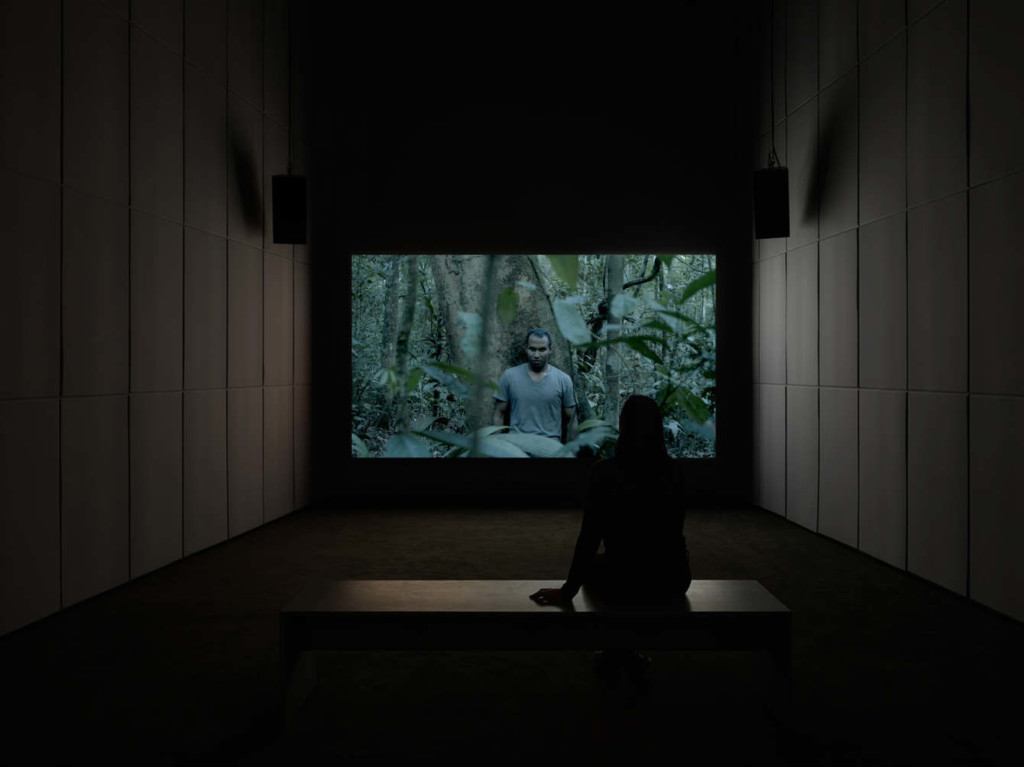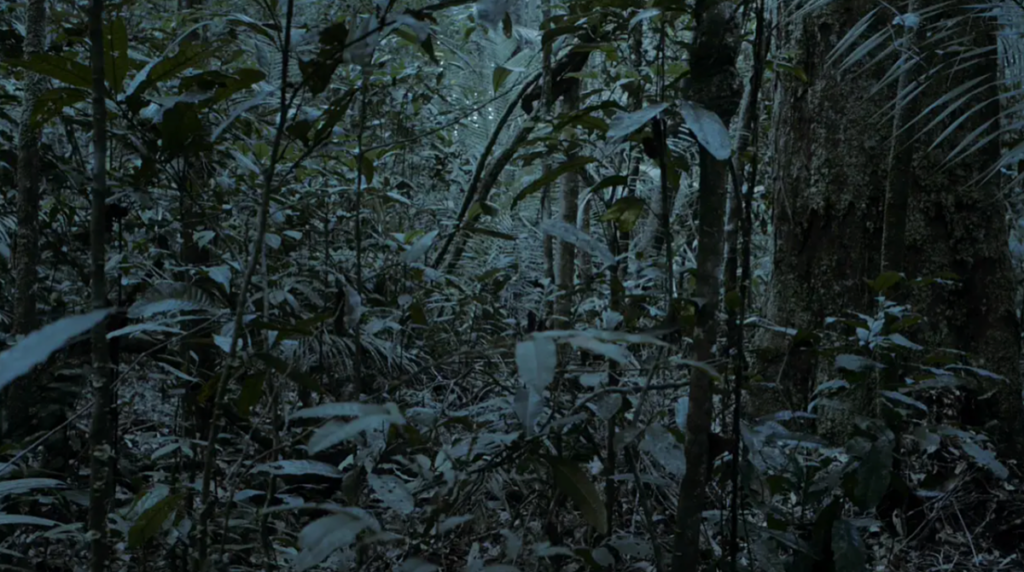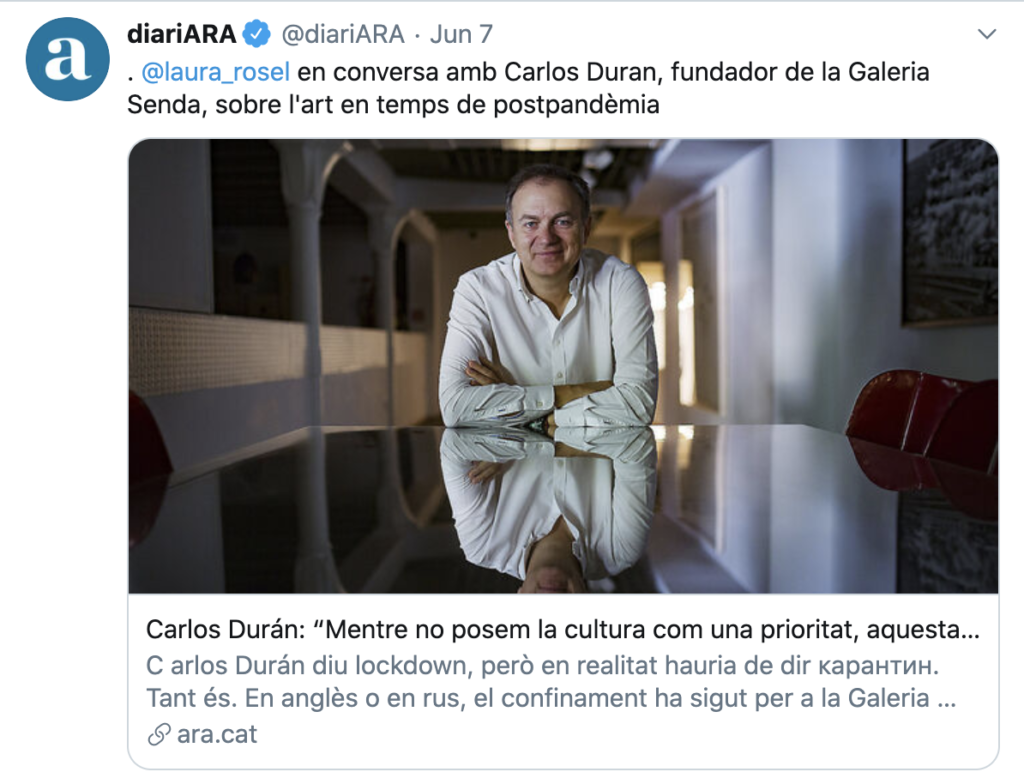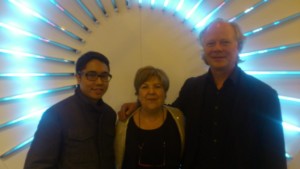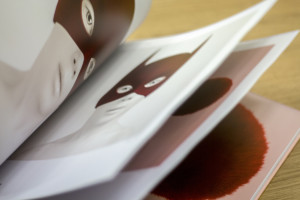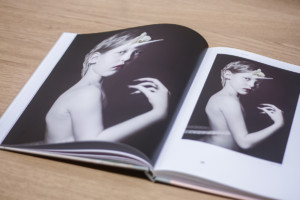vía artsy.
Imagine you’re an art collector (for some of you who already are, that won’t be very hard). Not a big-time buyer with a slew of lawyers to review a purchase, but someone looking for a work that strikes your fancy. And as you walk through the aisles of an art fair, suddenly you see a dazzling video projected onto the wall of a booth. You reach for the proverbial wallet. But right before the purchase takes place, from the depths of your mind a strange question materializes, one you might never ask yourself if you were buying a sculpture or a painting or a drawing: What are you actually buying when you buy a work of video art?
The answer isn’t quite what the uninitiated might expect. The tricky nature of video art has proven to be an unpleasant surprise for collectors in the past. In all likelihood, if you’re even asking this question it means you’re savvy enough to know something about the particular pitfalls of video art. “The first problem was that people didn’t understand what they were buying when they were buying a video,” says Carlos Durán, founding co-director of LOOP, the Barcelona-based art fair dedicated to video art. “Buying a piece is not buying the rights.” Recently, LOOP has released a non-legally binding protocol that artists, galleries, and collectors can use to discuss and clarify what a purchaser is and is not receiving when they buy a work of video art.
When it comes to video, it is the rights to the work that confer the powers and privileges typically associated with actual ownership of a piece of art. These rights reside not with a physical object but with the artist, so buying a USB stick in a fancy box from a gallery doesn’t necessarily transfer these rights. Thanks to the way copyright laws are formulated, video pieces are governed like a movie downloaded from iTunes—specifically, the artist retains the rights to data migration, exhibition, and distribution long after the work is sold. Stories abound of collectors trying to lend videos to museums only to be told that they cannot without the permission of the artist. Trouble can also arise when collectors try to move a video work from one format to another—say VHS to DVD. Again, this is the artist’s prerogative, though Durán says that today collectors copying and moving work is much more widely accepted than it was a few years ago.
Much of the protocol introduced in LOOP’s new initiative echoes how physical art is treated while attempting to address the specific challenges that come with video work. The protocol asks the parties (collectors, gallery, and artist) to agree to, among other things, the edition number of the video, technical details for installation, and channels through which the work has and will be distributed (to avoid it unexpectedly popping up on YouTube). Among the rights discussed and agreed to are those of copying and exhibiting the work, while the purchaser agrees to inform the artist when the work is being loaned or sold.
Such agreements are not required for most transactions involving paintings or other physical mediums, as they are automatically governed by a different set of legal strictures. Purchasing a sculpture generally means it can be lent to a museum by the owner. It can be shown off at a party. The collector can rest easy that infinite copies of it will not be made. And it will never face technological obsolescence and cease to be viewable. The case is markedly different for intangible video works.
Though a lack of transparency certainly isn’t foreign to the art market at large, the complex legal status of video art brings special challenges. The edition number, museum lending rights, and format of the piece are among the key aspects the document requires to be laid out in black and white. The goal is for the parties involved in the transaction to go through document together step-by-step, in order to ensure clarity and confidence between parties. According to Durán, the protocol was used in several sales at the most recent edition of LOOP in Barcelona. Even if confusions around video art are large, LOOP is betting that a simple, straightforward document can be part of solution.
Alain Servais—a longtime collector who has written on issues inherent to the video art market—is more skeptical. “Recognizing that something must be done is one step,” said Servais. “But I am positive that this is not what needs to be done as it does not begin from a sound and objective understanding of what ‘legal item’ art video is.” Servais argues that, because of their digital intangibility, videos simply cannot be governed like physical works, and that there are other contracts out there which legally secure your rights to a video, unlike the LOOP protocol. “Either it’s a contract, or it’s not. A contract is something you can challenge and enforce in court. This is what it should be.” For his part, Durán says that the protocol can be useful to those looking for clarity rather than a contractual obligation (the two are also not mutually exclusive and the fair offers a 17-page accompanying legal document).
LOOP itself is using the document to purchase a video by Ângela Ferreira that was shown at the fair. “We’re getting the exact details of the film—how exactly she’s going to send it to us (on what device, in what file format)—on paper, which is always tricky, especially when you think about the obsolescence of the technology in 10 years’ time. She’s also agreeing on something that is really important to us as a purchaser, which is that we can lend this work to institutions,” LOOP fair manager Anna Penalva Halpin told me. She also noted that the work is to go on view at Museu d’Art Contemporani de Barcelona, adding that “[the protocol] is a way to set the conversation about all these things.” Indeed, though some disagree over what conversation must be had and about how to ultimately solve the issues surrounding video art, there is general agreement that if the market is to grow the discussion cannot wait.
